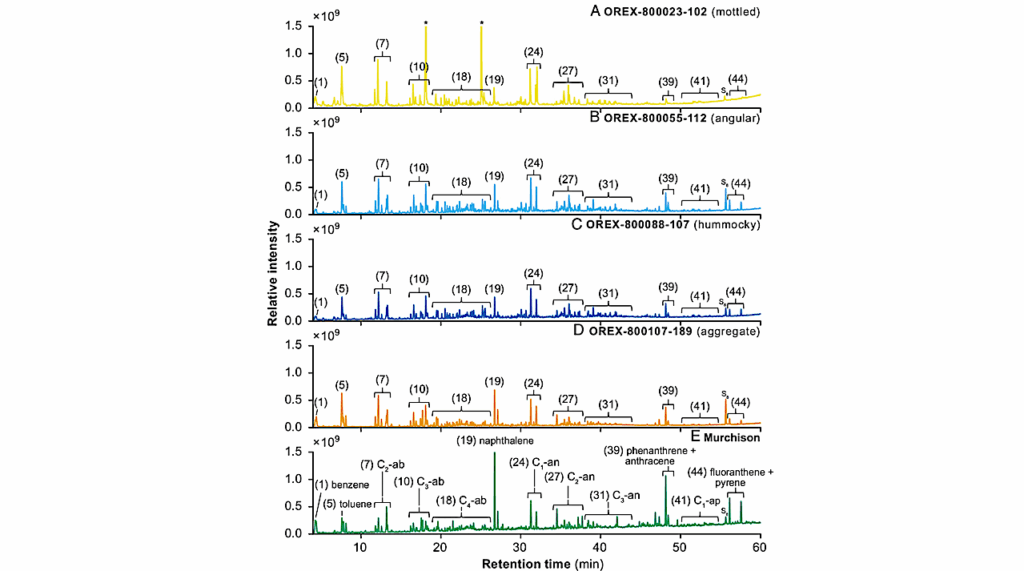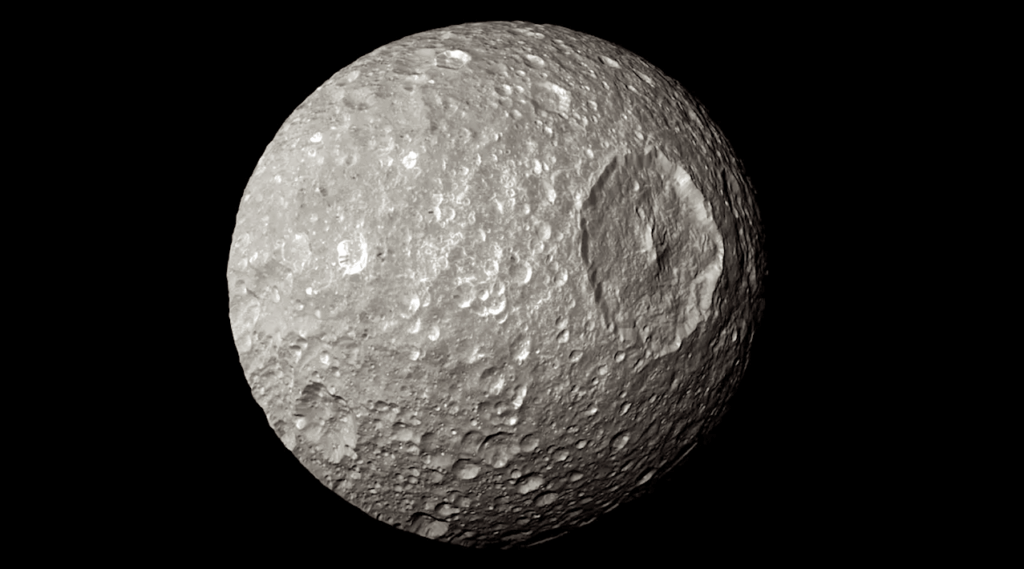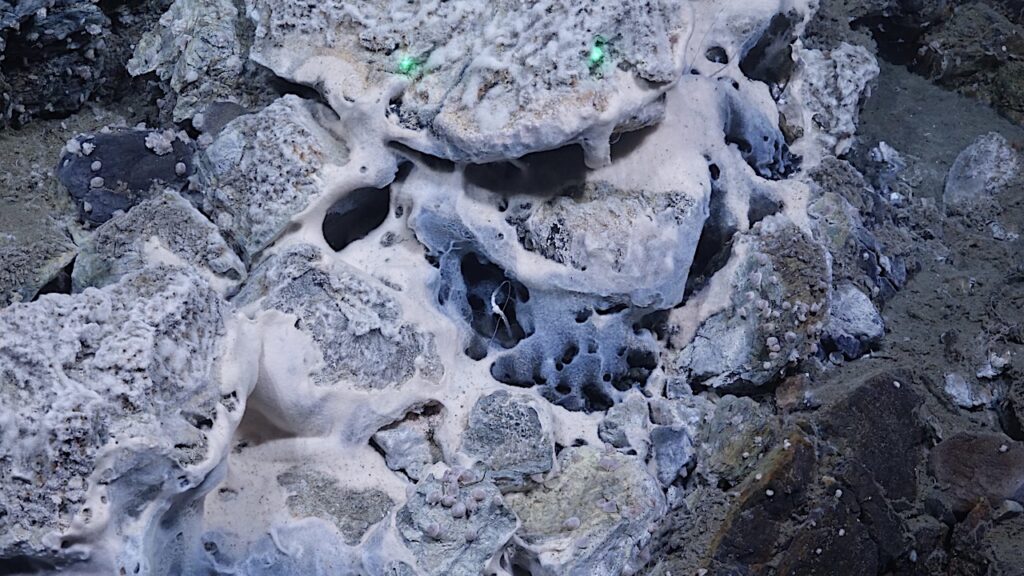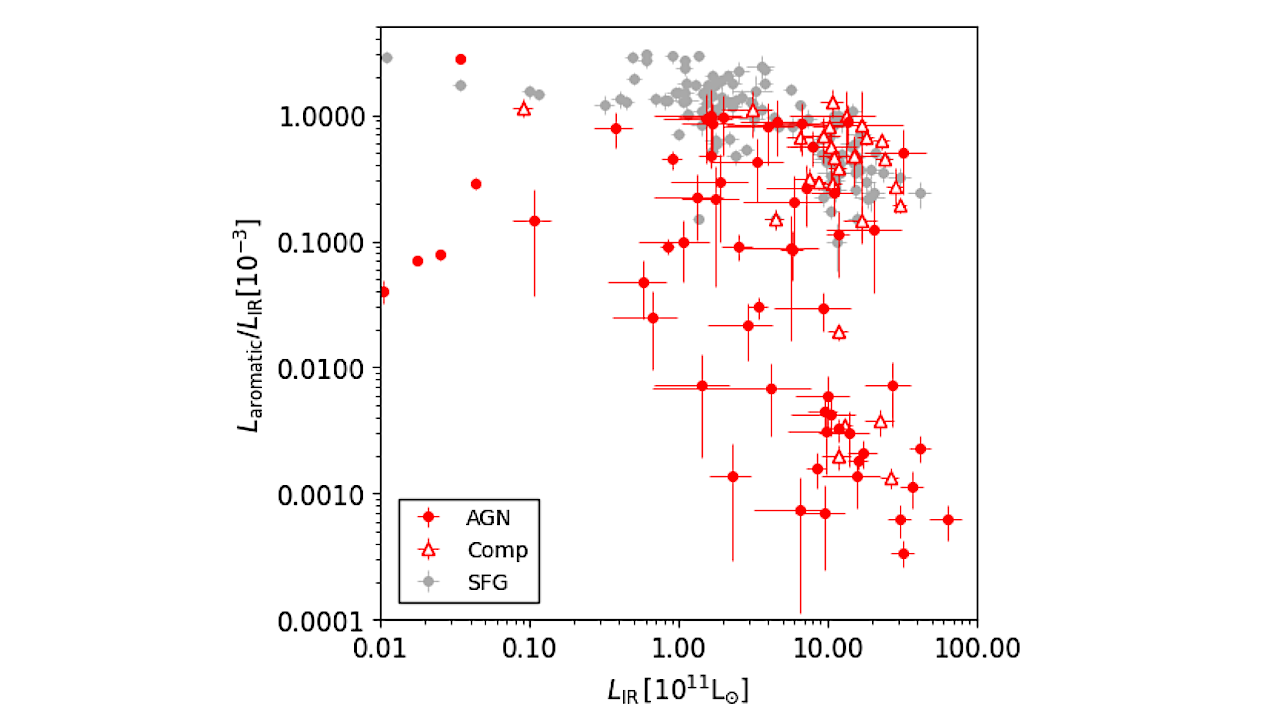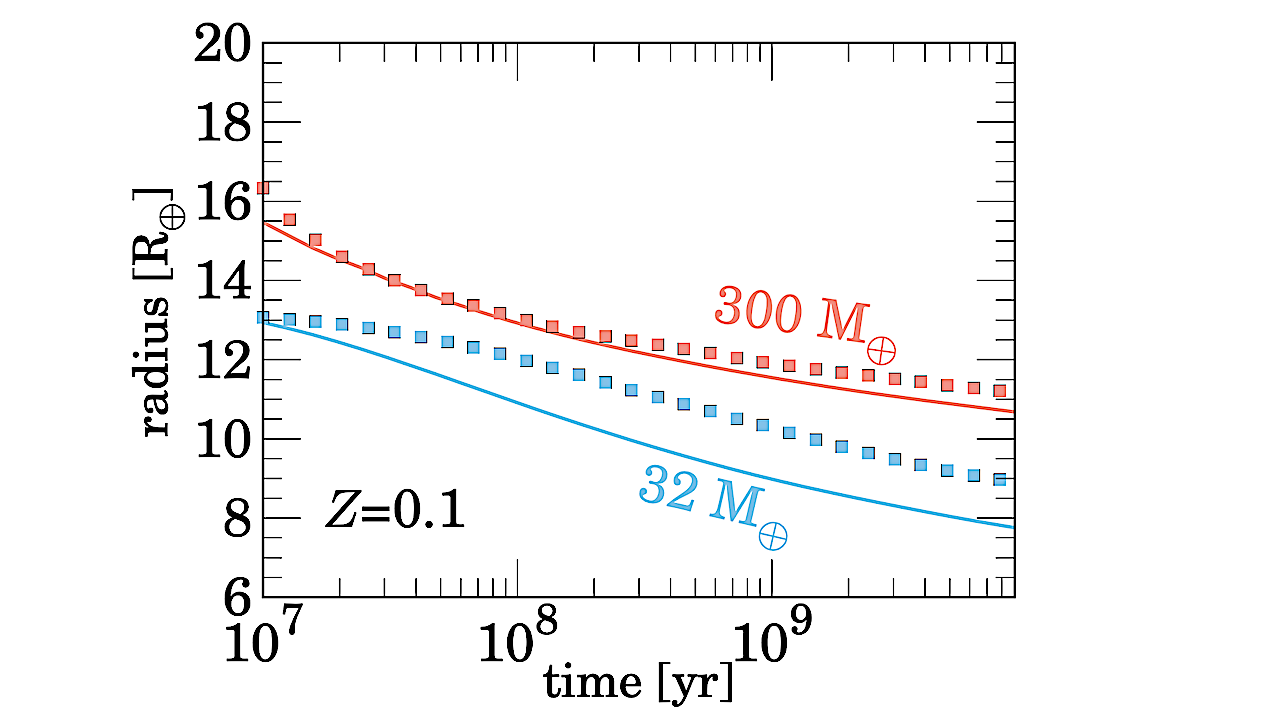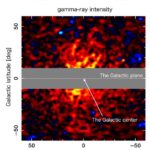Now Reading: The Impact Of Internal Versus External Perturbations On Close-in Exoplanet Architectures
-
01
The Impact Of Internal Versus External Perturbations On Close-in Exoplanet Architectures
The Impact Of Internal Versus External Perturbations On Close-in Exoplanet Architectures
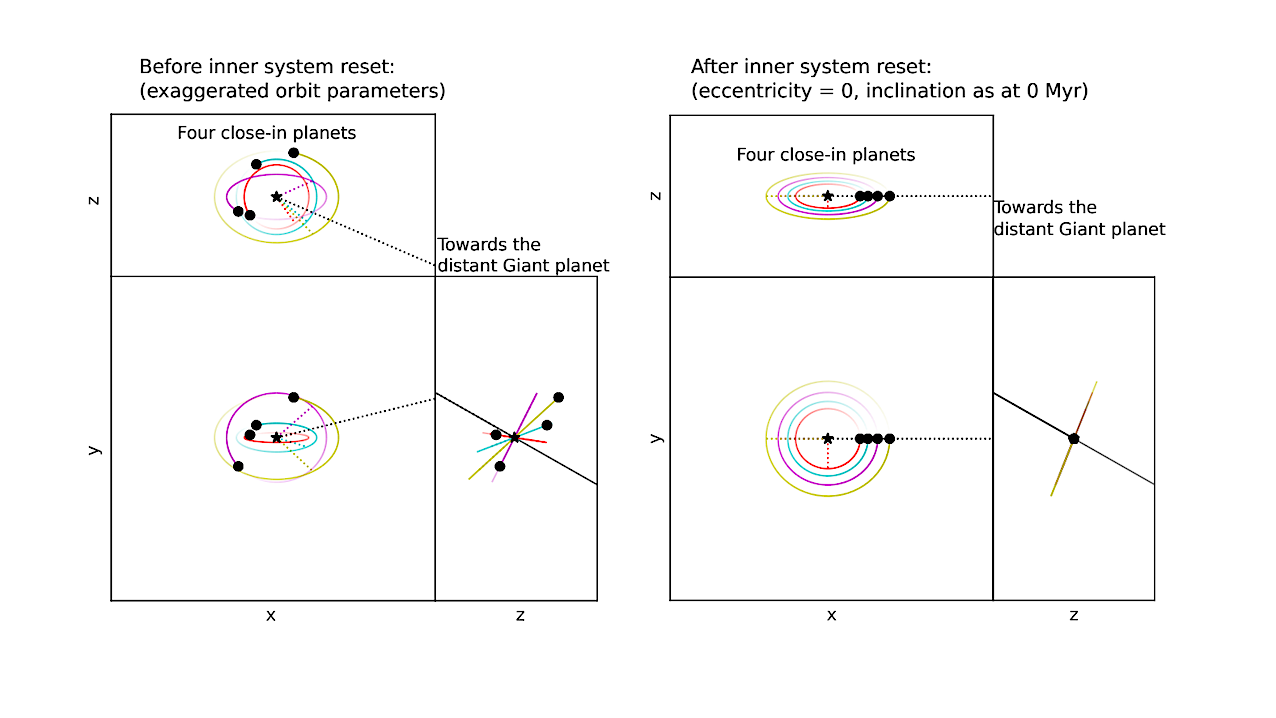

Schematic showing the reset approach applied for the close-in four-planet system. The left graphic shows “exaggerated” orbits of the four planets after the encounter when they are on slightly eccentric, non-coplanar orbits with the giant planet outside the axis limits. Note: In our simulations, none of the planets show this amount of perturbation at the reset at 1 Myr. On the right graphic after the reset, the four-planet system is set back to its original circular, coplanar orbits, but the giant planet’s orbit remains unchanged, being eccentric and/or inclined as shown in Fig. 2. The inner planet system is reset to its initial inclination at the start of the simulations to isolate the effect of internal perturbations after 500 Myr. — astro-ph.EP
Young planetary systems are subjected to different dynamical effects that can influence their orbital structure over time.
In systems with more than one planet, other planets can internally influence each other, e.g. via planet-planet scattering. External perturbing effects also need to be taken into account, as stars do not form by themselves but together with other stars in young star-forming regions.
This birth environment can externally affect young multi-planet systems, e.g. via fly-bys. Previous work has shown that the absence/presence and location of an outer giant planet around a close-in planet system do not change how these inner planets react to a single fly-by with another star.
We further explore this by comparing the effects of these external perturbations on four close-in sub-Neptune planets to those caused by a situation where only the distant giant is perturbed by the same kind of encounter. Our results indicate that the close-in planet systems have a “preferred” end state after 500 Myr, which is reached regardless of how it was perturbed.
In addition, the mass of the giant appears not to impact the reaction of the inner planet system in the scenario of an external perturbation in our tested set-ups, i.e. either a single 1 or 5 MJup giant placed at 2.5, 5, 10 or 20 au. However, the mass affects the subsequent evolution of the inner planets if only internal perturbations by the giant are considered. The reduction in mass leads to an absence of collisions during the 500 Myr.
Christina Schoettler, James E Owen
Comments: 13 pages, 15 figures, submitted to Monthly Notices of the Royal Astronomical Society, comments welcome
Subjects: Earth and Planetary Astrophysics (astro-ph.EP); Solar and Stellar Astrophysics (astro-ph.SR)
Cite as: arXiv:2510.03401 [astro-ph.EP] (or arXiv:2510.03401v1 [astro-ph.EP] for this version)
https://doi.org/10.48550/arXiv.2510.03401
Focus to learn more
Submission history
From: Christina Schoettler
[v1] Fri, 3 Oct 2025 18:00:06 UTC (4,390 KB)
https://arxiv.org/abs/2510.03401
Astrobiology, exoplanet,
Stay Informed With the Latest & Most Important News
-
 012024 in Review: Highlights from NASA in Silicon Valley
012024 in Review: Highlights from NASA in Silicon Valley -
 02Panasonic Leica Summilux DG 15mm f/1.7 ASPH review
02Panasonic Leica Summilux DG 15mm f/1.7 ASPH review -
 03How New NASA, India Earth Satellite NISAR Will See Earth
03How New NASA, India Earth Satellite NISAR Will See Earth -
 04And Thus Begins A New Year For Life On Earth
04And Thus Begins A New Year For Life On Earth -
 05Astronomy Activation Ambassadors: A New Era
05Astronomy Activation Ambassadors: A New Era -
06SpaceX launch surge helps set new global launch record in 2024
-
 07Space Force plans new ‘Futures Command’ amid pressure to speed up modernization
07Space Force plans new ‘Futures Command’ amid pressure to speed up modernization













